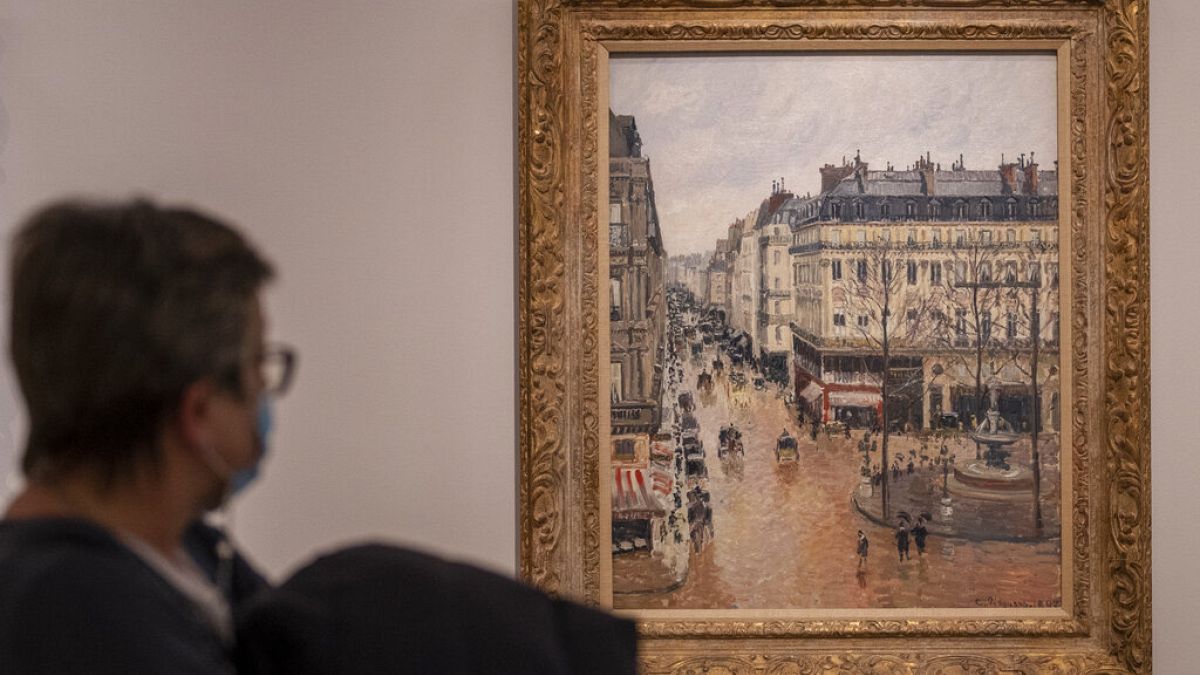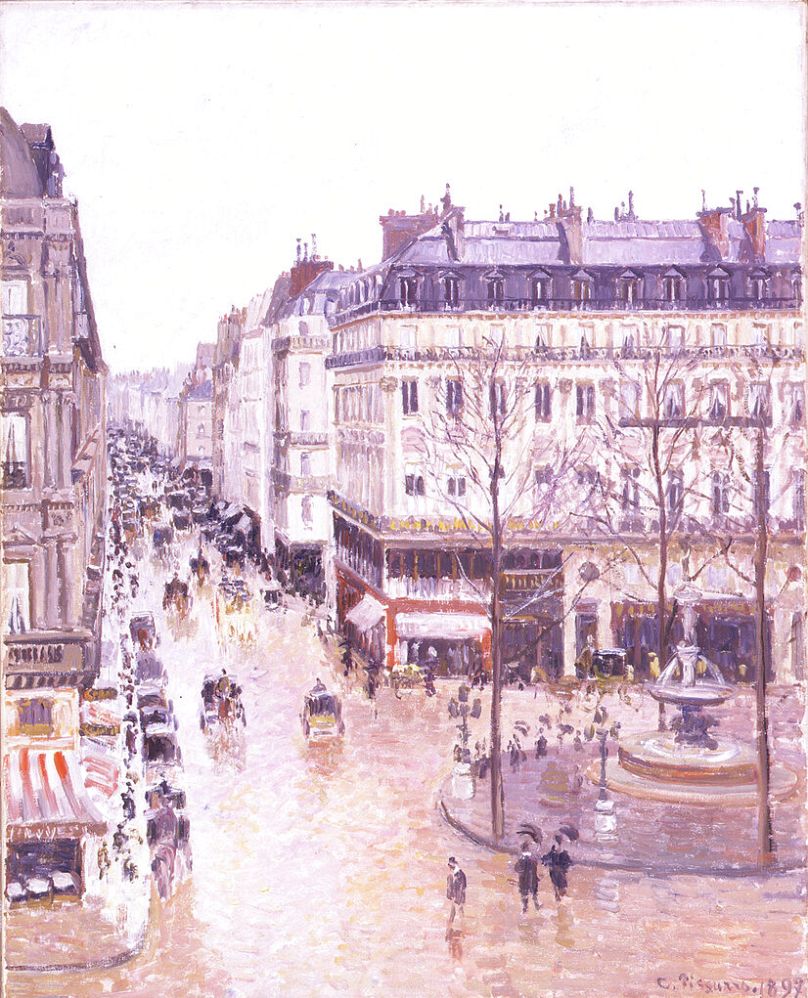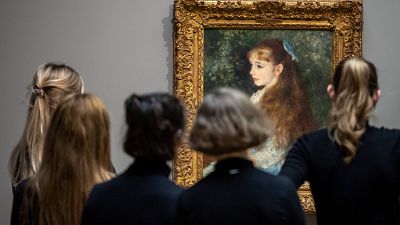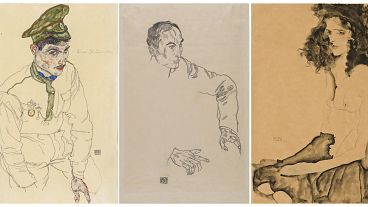US judges ruled that Madrid’s Thyssen-Bornemisza museum is the rightful owner of a priceless Pissarro painting, which was stolen from a Jewish family during the Holocaust.
The heirs of a Jewish woman who left her prized possessions to flee the Holocaust were dealt a fresh blow in their long-running legal battle to recover a priceless painting stolen from her by the Nazis.
Last week, a California appeals court ruled that Madrid’s Thyssen-Bornemisza museum is the rightful owner of French impressionist Camille Pissarro’s 1897 painting ‘Rue Saint Honoré, Après-Midi, Effet de Pluie.’
It’s the latest defeat for the family in what’s now one of the oldest cases of legal action against Nazi art theft in the world.
While all three judges of the California federal appeals court voted unanimously that the museum had no legal obligation to return the painting, Justice Consuelo Callahan said she hoped Spain would choose the moral high ground.
“Sometimes our oaths of office and an appreciation of our proper roles as appellate judges require that we concur in a result at odds with our moral compass,” the judge said.
The court’s ruling was made in accordance with Spanish law, which defines ownership as six years of uninterrupted possession. Judges ruled it took precedence over California state law.
A priceless family heirloom
The painting originally belonged to Lilly Cassirer Neubauer, a Jewish woman living in Germany, whose family purchased it directly from Pissarro’s art dealer.
In 1939, as the Nazis tightened their grip on the country, Neubauer was forced to sell the painting for 900 Reichsmarks ($360, or €328) to get an exit visa and flee Germany. She never received the payment.
Her heirs say she spent years searching for the painting once she arrived in the United States as a refugee. And while she accepted reparations from the German government later on, the equivalent of around $265,000 (€242,000), she never waived her right to recover the painting.
After being sold at a Nazi government auction, the canvas passed through several hands until 1993, when the Spanish government bought it from Baron Hans Heinrich Thyssen-Bornemisza and put it on display in a new museum named after the collector, where it remains.
Now worth millions of euros, the painting has been at the centre of a decades-long ownership battle between the museum and Neubauer’s heirs, who now live in San Diego, California.
In 2001, after learning of the painting’s whereabouts, Neubauer's grandson Claude Cassirer petitioned for its return. Four years later, he sued the museum for ownership.
After Claude died in 2010, his son David took over the case, with his daughter Ava’s estate and support from the United Jewish Federation of San Diego County.
The family even petitioned the Supreme Court, which in 2022 ruled that the case fell under California state law and should be decided by an appellate court.
The family’s battle continues
The Cassirer family’s lawyers said in a statement that they would continue their fight, taking the case before an 11-judge ninth circuit panel.
“The Cassirers believe that, especially in the light of the explosion of antisemitism in this country and around the world today, they must challenge Spain’s continuing insistence on harbouring Nazi-looted art,” the lawyers said.
While neither party has ever disputed the facts relating to Lilly Cassirer’s surrender of the work, the museum’s lawyers argue that its curators did not know the painting was stolen when it was purchased.
The Cassirer family’s lawyers retort that the museum curators would have discovered the theft had they done their due diligence in researching the painting before the purchase.
The museum’s managing director welcomed the court’s ruling as “good news” and reiterated the museum’s position that it had acquired the work “in good faith”.
Thaddeus Stauber, a lawyer for the Thyssen, called the decision "a welcome conclusion to this case."





